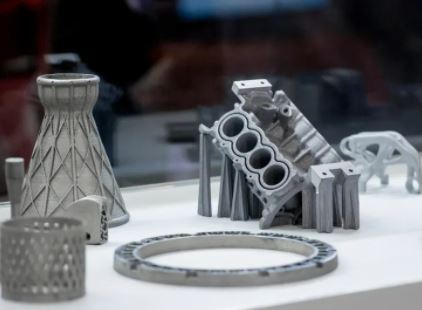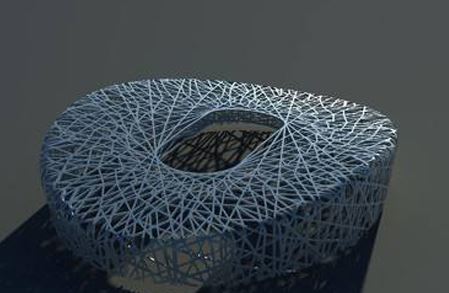
In the past few years, we have heard a lot about “3D printing” and the many uses of this emerging technology. But how does 3D printing work? How is it different from other manufacturing processes? What is the use of this technology?
Making things usually involves a subtractive process: first start with a piece of material (such as aluminum), and then machine it (ie, remove the material) until the desired shape and size are obtained. But 3D printing or additive manufacturing is the opposite process. Instead of removing the material, the “printer” distributes it. This technology deposits materials layer by layer through controlled nozzles to form a complete product.
An expanding market
The technology was developed by Chuck Hull, the co-founder of 3D Systems, in the mid-1980s, although the term “3D printing” was first used about a decade later. Initially, the process was used for small-scale part manufacturing and prototype production, but since then the process has expanded to larger parts, and the process is becoming more and more mainstream.
Today, the 3D printer market is worth about $1.7 billion, and the price tags of individual printers can vary greatly, depending on the size and “print” quality you want to buy. For example, the retail price of the MakerBot Replicator 2 (see the video below) is about $2,200-an expensive price for mass retail. The cheaper system, The Cube manufactured by 3D Systems, is priced at $1,299.
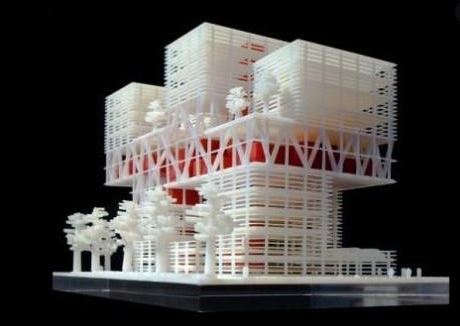
Many industries, many uses
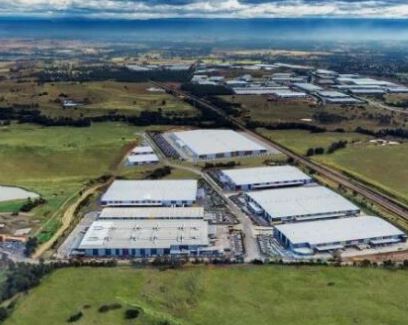
3D printing has many uses and can be found in many industries:
Health and medicine:
3D printing has the potential to truly change fields such as healthcare. In recent years, this technology has been used to manufacture medical components, including custom hearing aids and braces.
This method has also been used to replicate body parts, including ears, buttocks and even organs, in precise proportions suitable for patients. This may potentially eliminate the need for organ donors and provide doctors with on-demand human tissue.
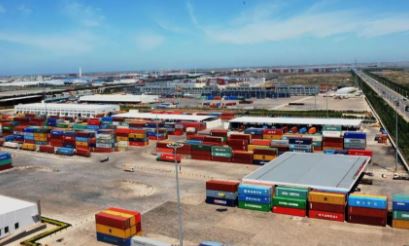
building:

A Dutch construction company designed the 3D printer “KamerMaker”, which can print objects large enough to build rooms. KamerMaker can print 2m x 2m x 3.4m objects, which is enough for industrial structures.
The meaning of 3D printing in architecture is limitless: architects can use the technology to design and print objects on site as needed. This technique can also be used to print out structures that can be used in temporary shelters.
In disaster-affected areas, portable 3D printers can be designed and changed on-site, thus speeding up the setup and providing more suitable shelters.

High-end manufacturing:

Several aerospace companies have shown interest in 3D printing. In September 2012, Airbus announced a partnership with South African company Aerosud to manufacture a large 3D printer that will use powdered titanium alloys to manufacture aircraft parts.
Ultimately, Airbus hopes to make a 3D printer large enough to make an airplane-hangar-sized printer from the ground up, with a maximum size of 80m x 80m.
Also in September, Ferra Engineering signed a $200 million contract with Lockheed Martin to use 3D printing technology to produce titanium parts for the F-35 Joint Strike Fighter. This is the number one in the world, which is good news for Australian manufacturing.
Made In Space is an American company that is experimenting with zero-gravity 3D printing. This process may enable astronauts to print objects according to space requirements, thereby saving valuable weight during launch.
NASA has been studying 3D printing and is considering using it for long-term missions. Astronauts can make their own equipment during the journey.
retail:
3D printing itself can also be a product. The Shapeways website allows customers to order items made of plastic, glass, metal and other materials, then print these items and mail them. Shapeways also plans to open a 3D printing factory in the United States so that people can see how these objects are made.
MakerBot Industries, a leader in the 3D printing industry, recently opened a store in Manhattan where people can buy a variety of 3D printed objects and small 3D printers.
Assuming you have a 3D printer at home, 3D printing may also open the door to a new market for 3D design. Amazon CEO Jeff Bezos (Jeff Bezos) said that the future of online retail will be shaped by 3D printing.
Challenges remain
Just as good as 3D printing, this technology and its use raise many legal and ethical issues.
Experts pointed out that if the original 3D CAD model is based on a scanned real 3D object (which may be a real object designed by someone else (and has copyright)), it may cause copyright infringement.
As pointed out in a September 2012 article by The Economist, unless the subject is in the public domain, copyright law is likely to apply. There are already many users who use 3D printers to copy popular goods.
Printing vs regulations
In the United States, the production of some 3D printed (and fully operable) guns has caused much controversy and raised concerns about the potential abuse of the technology.
“Forbes” also recently reported that “Wiki Weapons”, a project aimed at creating the first fully printable plastic gun, has received the funds needed to start it.
The purpose of the project is to create usable open source blueprints so that individuals can download and print their guns. According to the “Guardian” report, 3D printing technology is too new, and the legality of the gun version is still a bit vague.
As discussed, 3D printing has been used in many industries for many different purposes. Moreover, in the next few years, we may see more applications appear. Soon, we will start to see 3D printers as fixed devices in the family like ink printers.
